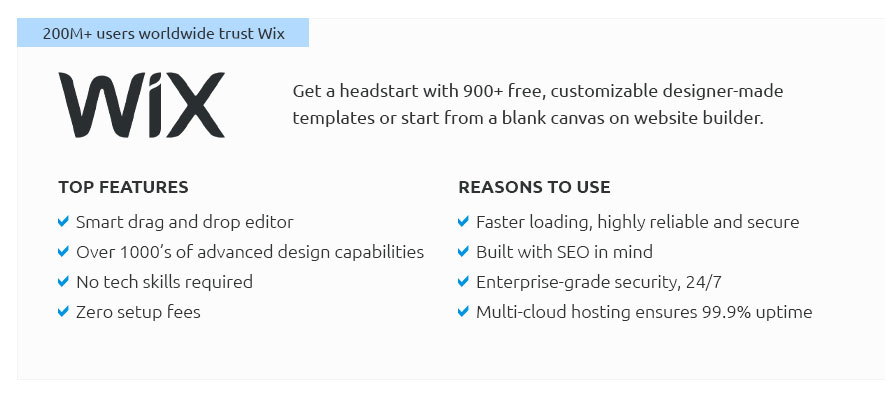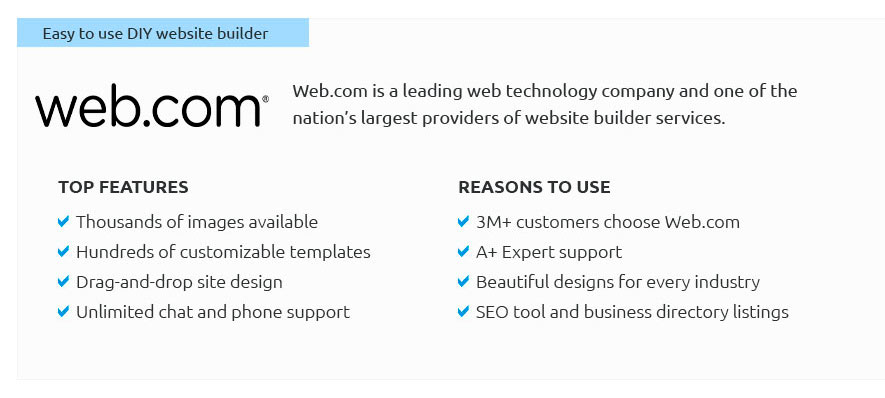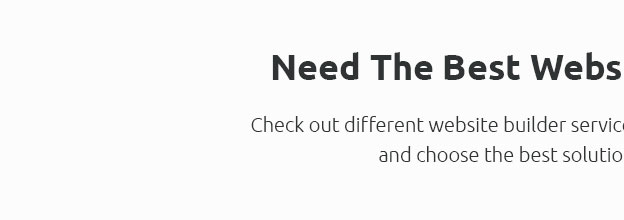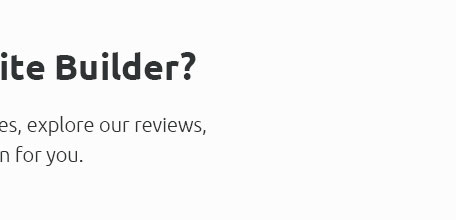 |
 |
 |
 |
|
 |
 |
 |
|
 |
|
 |
 |
|
 |
|
 |
|
 |
 |
Code for a Website: Essential Elements and Best PracticesUnderstanding the Basics of Web DevelopmentCreating a website involves understanding the fundamental components that make up a web page. These include HTML, CSS, and JavaScript. HTML, or HyperText Markup Language, provides the structure, CSS (Cascading Style Sheets) handles the styling, and JavaScript adds interactivity. HTML: The Building BlockHTML is the skeleton of a website. It uses various tags to define elements such as headings, paragraphs, and lists. For example, to create a heading, you use the <h2> tag, and for paragraphs, the <p> tag. CSS: Styling Your PageCSS enhances the visual presentation of a website. It allows you to set colors, fonts, and layouts, ensuring your website is aesthetically pleasing and consistent.
JavaScript: Adding InteractivityJavaScript is essential for creating dynamic and interactive web pages. It enables features like form validation, interactive maps, and real-time updates. Steps to Code Your Own WebsiteTo start coding your website, you need to follow a structured process. This involves planning, designing, coding, and testing your website. Planning Your Website
Coding and TestingAfter planning, start coding your website using an appropriate code editor. Test the site on different browsers and devices to ensure compatibility and responsiveness. For more detailed guidance on how to start my own website, you can explore resources that provide step-by-step instructions. FAQs: Coding for WebsitesWhat tools do I need to start coding a website?To start coding a website, you'll need a text editor (such as Visual Studio Code or Sublime Text), a web browser for testing, and optionally, tools like Git for version control. Can I create a website without coding?Yes, you can use website builders like Wix, Squarespace, or WordPress that offer drag-and-drop interfaces to create a website without coding. Additional ResourcesThere are numerous online tutorials and courses available that provide in-depth knowledge on how can I create a web page. These resources can help you master web development skills. In conclusion, understanding the code for a website is crucial for anyone looking to create a professional and functional online presence. By mastering the basics of HTML, CSS, and JavaScript, and utilizing available resources, you can successfully develop and manage your own website. https://www.quora.com/I-ve-got-the-code-for-a-website-How-do-I-turn-it-into-an-actual-website-What-platform-do-I-use-and-how-do-I-create-the-actual-website
If you are writing code using an editor on your pc or mac, you will need to upload it via FTP to a hosting provider in order for it to be ... https://forum.code.org/t/website-sample-with-tips/20549
Here is a sample website I created using code.org web lab and shared with my students to help them navigate through the requirements of the website development ... https://programmerprogramming.quora.com/How-to-get-the-HTML-CSS-JavaScript-source-code-of-a-website
Have your browser show the source code.
|